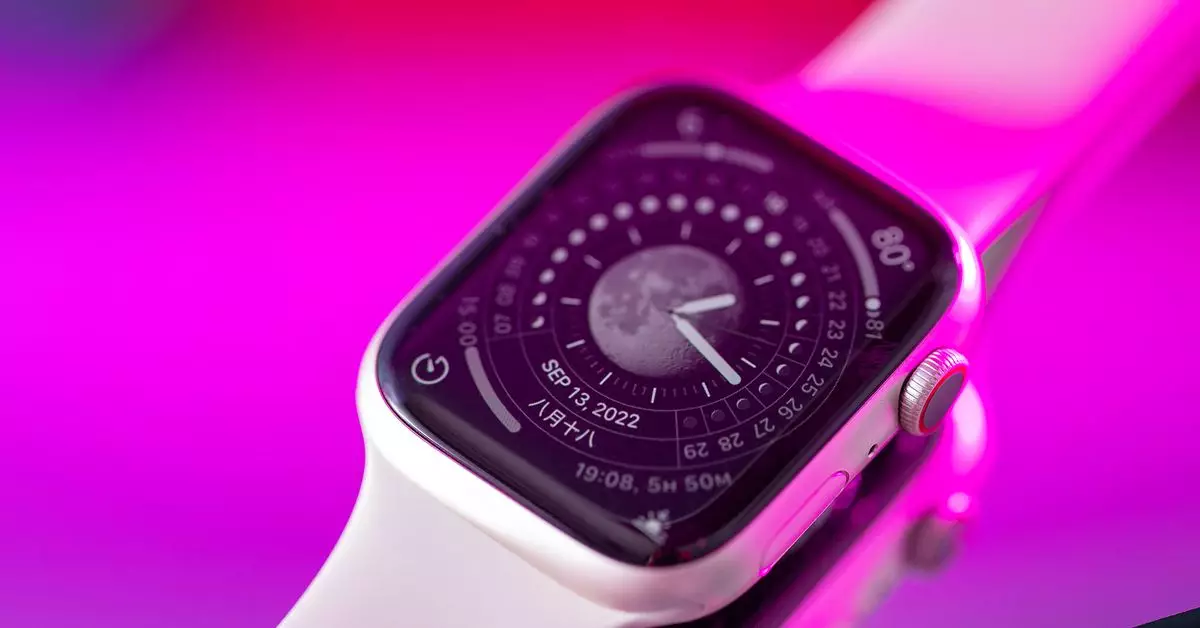Apple has decided to scrap its plans to develop a MicroLED display for the Apple Watch, as reported by Bloomberg’s Mark Gurman. This decision came around the same time the company halted work on a self-driving car project, citing the high costs and complexities associated with the development of the display technology. The cancellation of the in-house MicroLED display aligns with earlier speculations from Apple analyst Ming-Chi Kuo, who mentioned that production costs were a major hindrance to making the project economically viable.
Job Cuts and Project Discontinuation
Following the discontinuation of the MicroLED display project, Apple has cut “several dozen” engineering jobs, with some of the layoffs occurring at the company’s screen manufacturing facility in California. This move signifies a shift in focus for Apple, as it moves away from the extensive development of in-house display technologies. The rumors surrounding Apple’s pursuit of MicroLED displays for its smartwatches first surfaced last year, with reports suggesting the company aimed to reduce its dependence on external suppliers like Samsung and LG.
The Future of Apple Watch Display Technology
While Apple currently opts for OLED displays in its Apple Watch models, offering vibrant and bright screens, the potential benefits of a MicroLED display remain unclear. Although MicroLED technology promises increased efficiency, it is essential to assess whether these advantages justify the associated costs and complexities. Despite abandoning the current project, it seems that Apple’s interest in MicroLED technology persists, hinting at potential future endeavors in this domain.
Apple’s decision to abandon the development of a MicroLED display for the Apple Watch sheds light on the challenges posed by emerging display technologies. The company’s emphasis on cost-effectiveness and practicality underscores the importance of strategizing and prioritizing projects that align with its overarching goals. While the future of Apple’s display technology remains uncertain, the shift away from the MicroLED project marks a notable point in the company’s journey towards innovation and product development in the wearable technology sector.


Leave a Reply